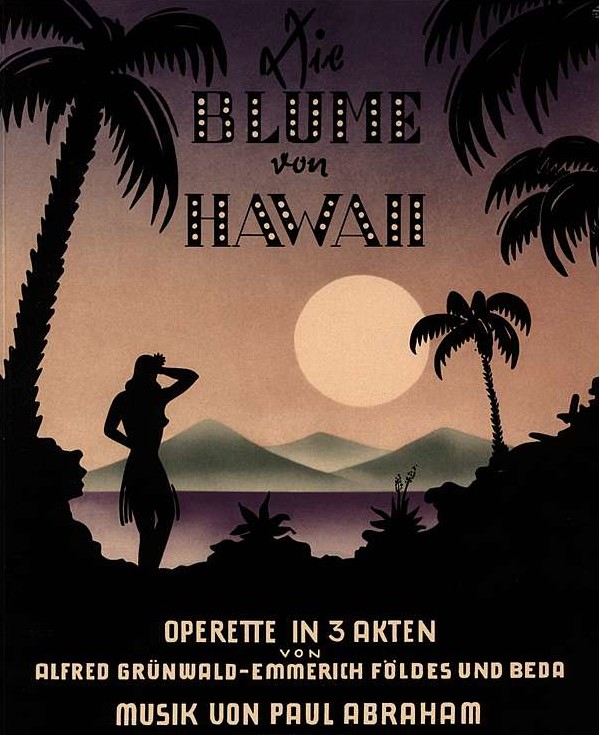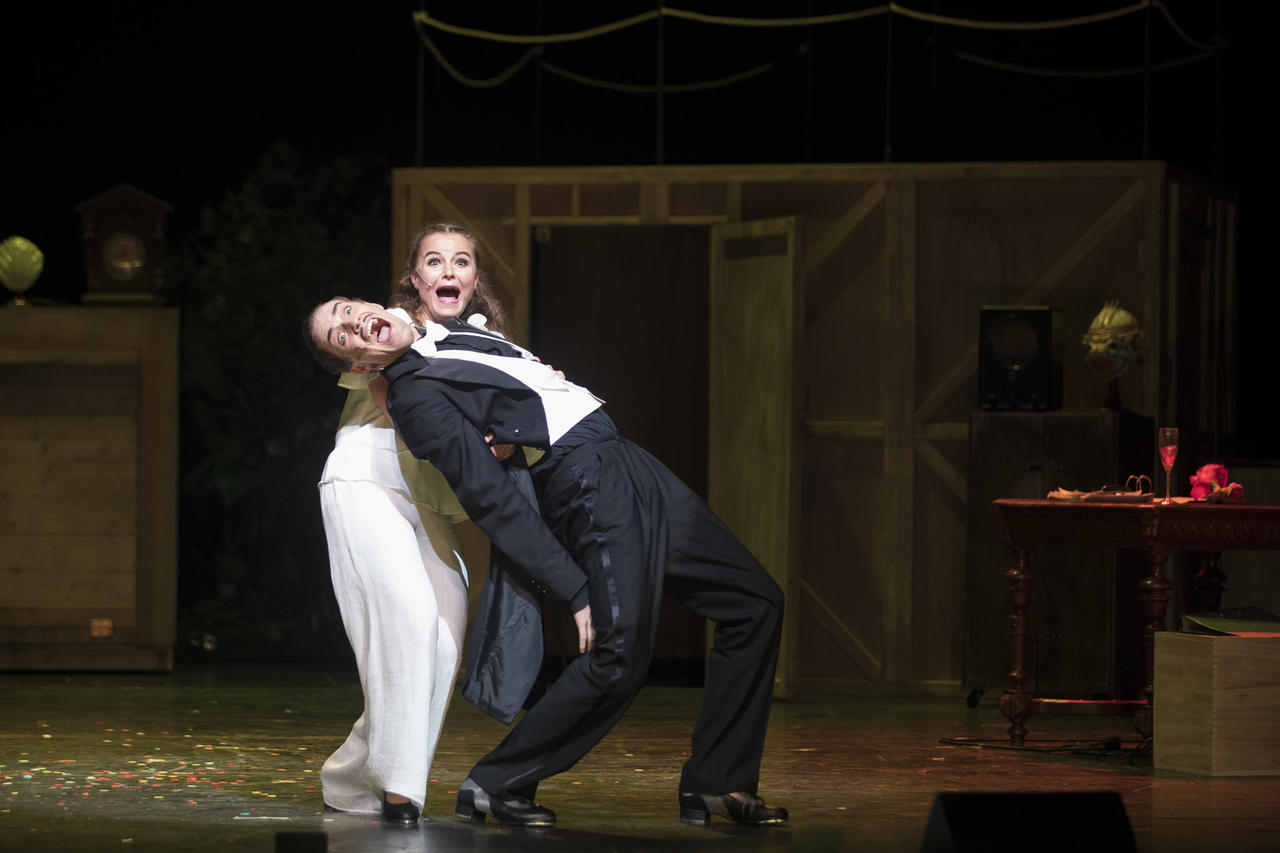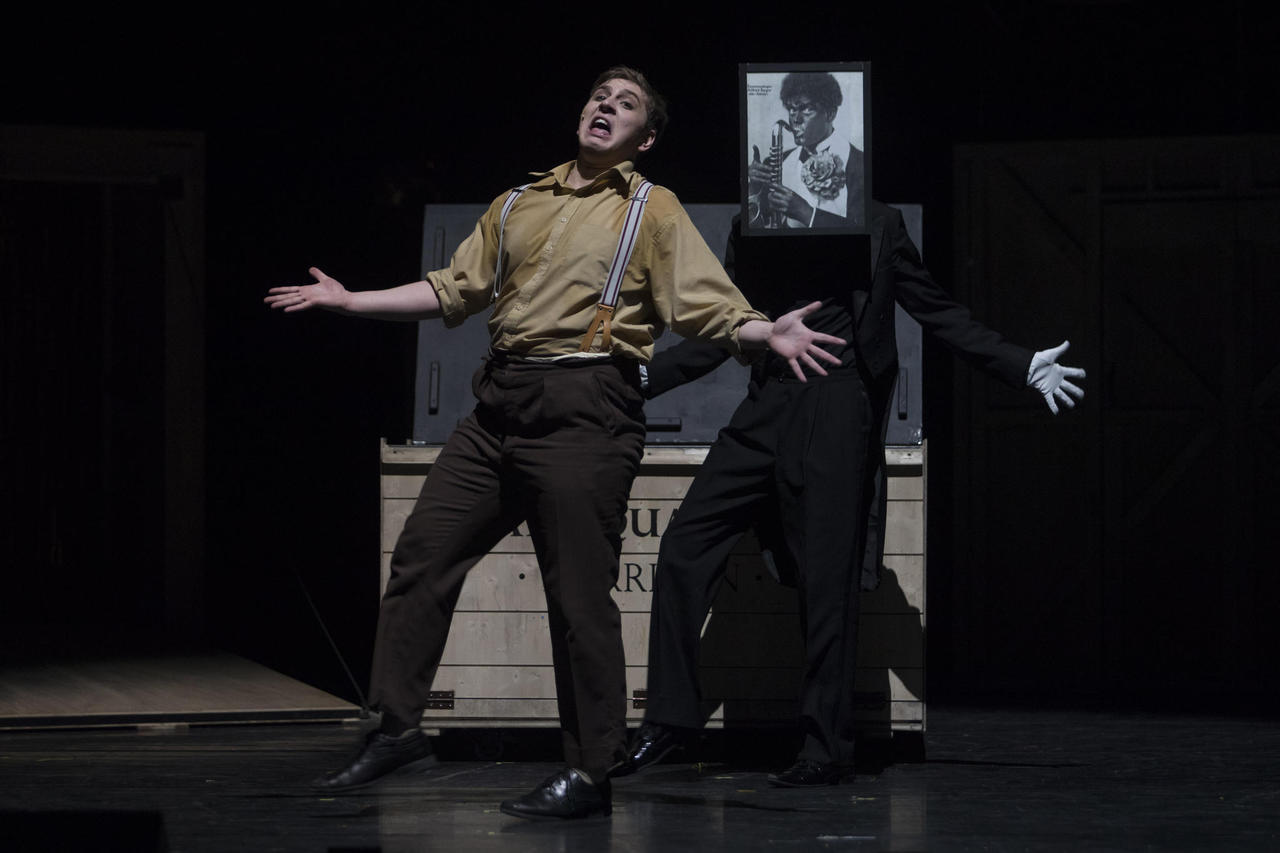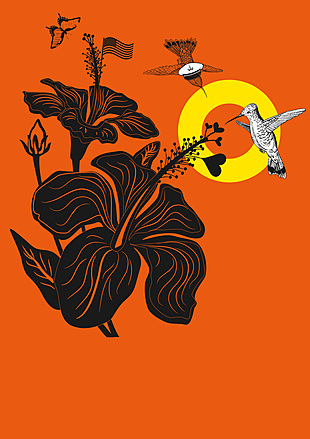Kevin Clarke
Operetta Research Center
3 May, 2018
We all have our favorite memories – our ‘madeleine moment’ that changed our world forever. For me, this moment occurred in Honolulu when I was entering puberty in the early 1980s. My parents took me to Hawaii regularly (don’t ask … my father worked for Pan American Airlines, so it was easy getting there.) Spending my annual holidays on Waikiki beach, with a view of Diamond Head and all these hula dancers, surf boys and US soldiers in blindingly white uniforms, mixed with a warm breeze, magical sunsets and the smell of tropical flowers, was quite an intoxicating experience. It coincided with my sexual awakening. So, forever afterwards, the idea of ‘Hawaii’ was linked with a strong erotic thrill for me. Which is why I fell madly in love with Paul Abraham’s Die Blume von Hawaii the first time I heard the Hawaii guitar sounds of the overture. It’s also why this 1931 operetta with its “Traumschöne Perle der Südsee” music has deeply fascinated me ever since. Just like Tom Selleck as Magnum has never quite left my Honolulu infected mind.
Sadly, I have never seen a stage production that matched my idealized memories of Hawaii. It seems current directors are afraid to put that overwhelming island beauty onto the stage, for fear of being labeled ‘kitschy.’ Even though the cover of the original 1931 piano score shows exactly the elements that define my own ‘dream paradise’ (minus the private investigator, who might be hiding behind one of the bushes, though.)

The cover of the 1931 piano score “Die Blume von Hawaii,” used again today by Musik & Bühne.
And even though Disney presented a very simular ‘style’ in their 2016 movie Moana – from the creators of Frozen. It, too, features an island princess who has to overcome obstacles on the way to becoming queen of her tribe. She too has a tumultuous affair with a hunky native. (In this case, he’s a native god.) Instead of glorious Abraham music and numbers such as “Links Hawaii, Rechts Hawaii” or “Was hat ein Gentleman im Dschungel zu tun?” the two demi-lovebirds sing songs by Lin-Manuel Miranda (of Hamilton fame and furtune). I personally find the Abraham score much more interesting, and the Grünwald/Löhner-Beda story far more relevant. But Moana demonstrates that the same elements that catalpulted Blume von Hawaii to success in 1931 still work their magic in the new millennium. (Dwayne Johnson would certainly be interesting operetta casting!)
The only Blume von Hawaii version which comes close to my ‘madeleine moment’ is the 1933 film starring Marta Eggerth and Ernö Verebes. It was not shot in Hawaii by director Richard Oswald and his team, but probably somewhere in Europe. Still, Oswald tries to re-create the exotic glory of Hawaii, and in doing so – in glitzy, yet shaky, black and white – he allows my brain to fill in the colorful rest.
For some reason, Blume von Hawaii has enjoyed a big revival in the past 10 years. After the original score was re-discovered and made newly accessible in a Grimminger & Hagedorn re-construction in 2009, with a WDR radio concert, various big theaters have put on the show, mostly not finding the right singers for Abraham, singers who can cope with the particular jazz requirements and the bittersweet sentimentality of numbers such as “Kann nicht küssen ohne Liebe.” Opera singers (e.g. at Volksoper Wien in a 2010 production by Helmut Baumann, conducted by Joseph R. Olefirowicz) sound too stilted for this genre, they also don’t look too sexy in hula outfits. On the other hand, actors (as in Basel last year) have the looks, but often lack the vocal requirements. In both cases, the operetta was heavily re-written: in Vienna they opted for the Peter Lund version with a new frame story, in Basel director Frank Hilbrich deconstructed the whole show.
So I was curious to see and hear young musical comedy students from the Hochschule für Musik in Osnabrück who got together to perform Blume von Hawaii at the Osnabrück opera house, in a staging by Felix Seiler, choreographed by Danny Costello. Would they be able to make my erotically charged ‘dream music’ come to life? Would they look like the US soldiers/marines that I saw back in the Eighties, walking around Honolulu? Would they be able to dance like the people in those fabulous hula shows that I saw as a teenager? And: would they leave the original script intact?
There was only one way to find out: I took a train to Osnabrück and attended the second of two (!) performances, conducted by Martin Wessels-Behrens. He used one of three versions on offer by publisher Musik & Bühne. It’s a reduced version with few strings and a lot of brass. Which gave the show a powerful – and very loud – opening, but sadly excluded the famous Hawaii guitar glissandi. (You can’t have it all, right?)

Poster and program brochure for “Die Blume von Hawaii” in Osnabrück, 2018.
The staging can best be described as minimal. The problem with ‘minimal’ is that you need a lot of money to make it look stylish and polished, instead of amateur. What Linda Schnabel as set designer created is somewhere in-between. So it’s up to you how you prefer to see it. I opted for ‘style.’

The cast of “Blume von Hawaii” in Osnabrück, 2018. (Photo: Hochschule Osnabrück / Swaantje Hehmann)
Still, it’s not a visually overwhelming production that looks like a Pierre et Gilles painting come to life. There are no multi-colored sunsets on the horizon, there are no swaying palm trees. (Okay, maybe one.) There isn’t even a ballet. But: there are nine young singers/actors who approach Abraham’s bubbly music with an ease that’s a joy to hear. No stilted opera sounds, anywhere, instead, they bring maximum naturalness to their songs and duets. It’s not a copy of the famous original singers which can still be admired on YouTube or on albums by Duophon Records. But they adapt to jazz operetta requirements with total confidence. A confidence that is a pleasure to listen to. And what’s even better: in this minimalistic staging they stick to the original dialogue and all the original music, in the right order. That was (and is) a true blessing!

Romina Markmann as Raka and Jendrik Sigwart as Jim-Boy in “Die Blume von Hawaii,” 2018. (Photo: Hochschule Osnabrück / Swaantje Hehmann)
Karina Kettnis as Princess Laya presented an attractive soprano that leisurely moves up to the higher reaches of the role, but never shifts to overblown ‘big singing.’ (Which Marta Eggerth didn’t do either, by the way.)
At her side, a suave Andre Kuhmann as Prince Lilo Taro doesn’t take his clothes off to appear in full Hawaiian gear for the big coronation ceremony of act 2. Even so, he is a touching love-sick hero.

Simon Staiger as Buffy in “Die Blume von Hawaii,” dreaming the entire story. (Photo: Hochschule Osnabrück / Swaantje Hehmann)
But the true hero in this production is Buffy, the Embassy’s daffy secretary. In Mr. Seiler’s version, the whole show is ‘Buffy’s Dream,’ a dream he dreams while sitting in an old warehouse, between big wooden boxes containing the remains of … a grand operetta past. Seeing Simon Staiger as a bouncy, slightly chubby, ludicrously funny and vocally strong John Buffy is remarkable. Because he comes across as a sympathetic character that can carry a show, especially in the well-directed dialogue scenes. Happily, Mr. Seiler also kept the original Grünwald jokes, demonstrating how well they still work if you have faith in them – and have a comedian to deliver them. In this case: Mr. Seiler had many naturally born comedians.

Simon Staiger (l.) and Jendrik Sigwart in “Bin nur ein Jonny” in “Die Blume von Hawaii.” (Photo: Hochschule Osnabrück / Swaantje Hehmann)
Mr. Seiler also kept the famous “Bin nur ein Jonny” song, and he did not erase the N-word from it. Instead, he put it into historical context by having Jendrik Sigwart perform the number in a black outfit with white gloves, with a framed picture of Krenek’s Jonny in front of his face. (It’s the image that was later on the cover of the Entartete Musik catalogue.) It worked exceptionally well, also because Mr. Sigwart as Jim-Boy displayed an infectious energy and rocked the stage with his many solos.
Romina Markmann as a petite, but highly emancipated, Raka was equally wonderful, as was Myriam Küppers as Bessie. They both had no problem adapting to 1930’s jazz and singing this music as if they’d never done anything else in their young musical comedy lives. Bravo!
There were also some amusing cross-dressed performances, e.g. Sara Taimouri as Kanako Hilo and Marit Loick as Governor Harrison. My only reservation concerns Anton Schweizer as Captain Stone. It’s not that Schweizer is a bad performer (absolutely not), but his effeminate style doesn’t fit my idea of a 1930’s US marine officer. (And his uniform, unfortunately, didn’t fit his slim body well.) But with such a small group of students, it’s always difficult to find a show with roles that fit everyone. I guess Mr. Schweizer was just didn’t get lucky this time; but he still displayed great stage presence and brought the story to a happy end – by dissapearing in a separée with tipsy Suzanne Provence. So all was well, in the end. And for the encore they all repeated their brilliant dancing. And got standing ovations.

Anton Schweizer as Stone in “Die Blume von Hawaii.” (Photo: Hochschule Osnabrück / Swaantje Hehmann)
Because of the microphones everyone used, and because of the weird decision to turn the volume up to a max, the music and singing came across as slightly unpleasant at times. As if you were in a disco, standing next to the loudspeakers. While there certainly is a disco element in Blume von Hawaii, I would have preferred hearing the young artists in a more nuanced way, and without a permanent fortissimo.

Poster for the Hildesheim production of “Die Blume von Hawaii,” 2018.
This week-end, Hildesheim is also presenting a new Blume von Hawaii with Florian Ziemen conducting the full (re-constructed) orchestra version. It shall be interesting to see/hear whether his cast can sing so naturally and dance so well as the Osnabrück students. Many of them have voices that I would love to have heard back in 2009 at the WDR concert performance which was broadcast but never released on CD.
What I did learn in Osnabrück is this: there are young singers around to perform Abraham brilliantly today. They didn’t create a ‘madeleine moment’ for me; but they did offer me the best Blume von Hawaii singing I’ve heard live, so far. And they proved how well the story and dialogue and music work, if you leave them as they are. No re-writes neccessary.
Since we’re in the middle of a bigger Abraham revival, there might be time in the future to bring all the elements together that you need for my own personal ideal Blume von Hawaii. The Osnabrück students will hopefully return to Abraham in their future careers. They could make a serious operetta splash. And Abraham deserves a splash! (Obviously, I think I deserve one too. It doesn’t have to involve Dwayne Johnson, though he’d be an interesting Captain Stone marching his crew across the stage or Lilo Taro sailing off into the “eternal spring” with a broken heart and well-oiled torso.)

Sailing scene from the movie “Moana,” 2016. (Photo: Disney/Screenshot)
For more photos and information on the Osnabrück production, click here. For photos, cast and performance dates in Hildesheim, click here.
